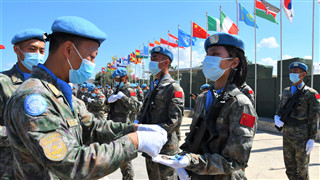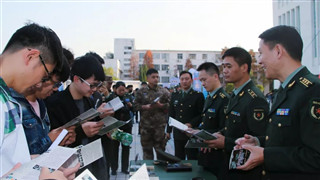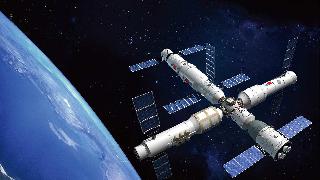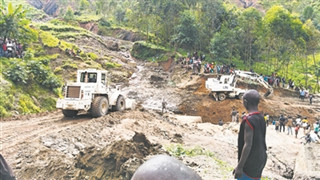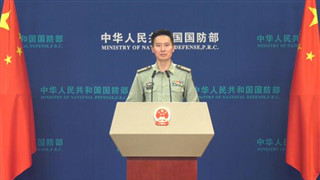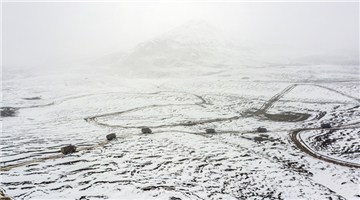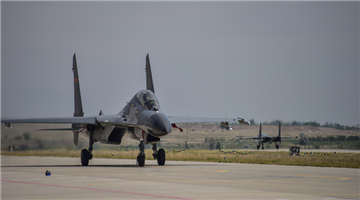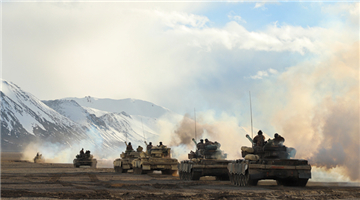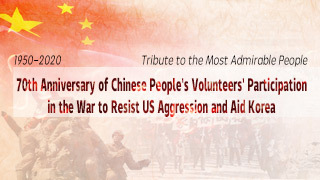Editor's Note: Under the leadership of the Communist Party of China (CPC), China has worked with all other countries to build a community with a shared future for mankind, which has boosted confidence and added impetus for development of Asia and the world. For the celebration of the 100th funding anniversary of the CPC, we are launching the “CPC in eyes of foreign military students” series, viewing China and CPC from the perspective of foreign soldiers.
By Bangladeshi Army Colonel Mohammed Hossain Patwary Monir
The Padma Bridge, known as the “Bridge of Dream” in Bangladesh, is located about 40km southwest of Dhaka, the capital of my home country Bangladesh. Straddling 7.7km across the Padma River, the bridge features a double-deck steel truss structure, with a four-lane highway on the upper deck and a one-lane railway on the lower deck.
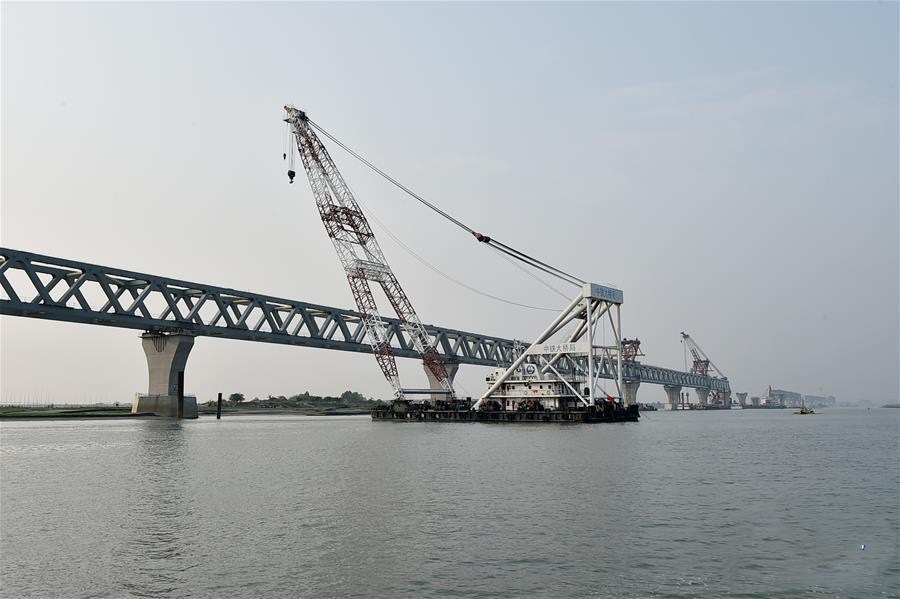
As an active participant in the Belt and Road Initiative (BRI), Bangladesh has cooperated with China on many major infrastructure projects in recent years, including the Padma Bridge.
Taking ferry has always been the traditional way for people living on both sides of the Padma River to get to the other side of the river, which usually takes 7 hours and would be subject to safety hazards due to weather and hydrological factors. After the Padma Bridge is completed and opens to traffic, it will take only a 10-minute drive to cross the river, largely facilitating people’s lives. The bridge, as an important transportation hub along the Belt and Road route, has a more far-reaching significance of promoting the interconnectivity and economic development of South Asia, apart from connecting nearly 30 million people in Bangladesh's southwest region to the rest of the country.
The Communist Party of China is a political party that strives for the welfare of the Chinese people as well as the progress of human society. In implementing the vision of a community with a shared future for mankind, China has put forward the Belt and Road Initiative to seek win-win cooperation with countries along the Belt and Road routes in pursuit of common, peaceful development.
The construction of the Padma Bridge benefits from China’s proposal of jointly building the Silk Road Economic Belt and the 21st Century Maritime Silk Road, and manifests the vision of a community with a shared future for mankind. It is a vision of global value with historical significance. The world today is still troubled by instability and uncertainties, and development holds the key to solving all problems. Only by unleashing the development potential of all countries, learning from each other and intensifying communication and cooperation can humankind better cope with our common challenges in the future.
If we respect and treasure other's culture/values, the world will be a harmonious one. Back in 2008, when I was an army officer with the military rank of major, I came to China to study at a military academy in China. During that period, I learned that the CPC-led China always upholds win-win cooperation. With continuous economic growth in recent years, China is now the world’s second-largest economy, and it is working to advance the world’s common progress while pursuing its own development.
In addition to the Padma Bridge, China and Bangladesh are also accelerating bilateral cooperation in infrastructure and other fields, including the construction of the multi-lane road tunnel under the River Karnaphuli and power stations. I believe that the two countries will work more closely together to jointly steer the ark of the human community of shared future into broader waters to create a better future for Asia and the world at large.
(This article is based on an interview by the PLA Daily with Bangladeshi Army Colonel Mohammed Hossain Patwary Monir, who had once studied at China's PLA Army Logistics University.)
